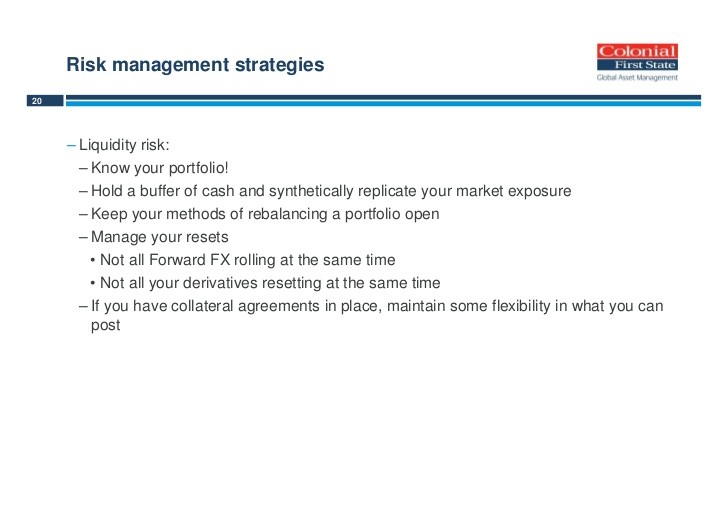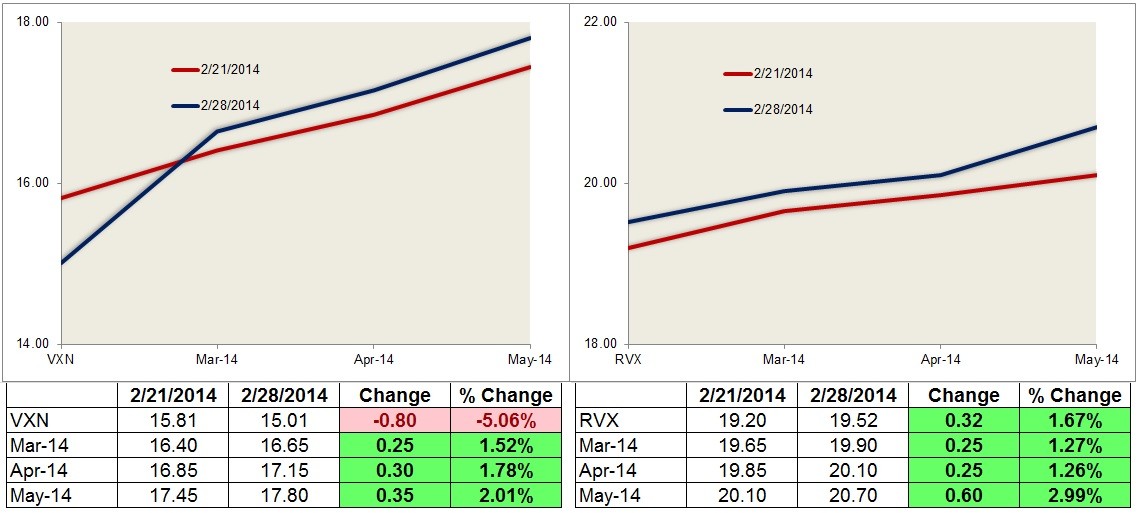The Hurdles to Replicating VIX
Post on: 19 Сентябрь, 2015 No Comment

LIMITED SPOTS AVAILABLE: On Monday, August 6, TheStreet invites you to a Meet and Greet with our CEO and many of the Premium Services contributors! CLICK HERE FOR INVITE AND TO REGISTER.
Russell Rhoads is an instructor with The Options Institute at the Chicago Board Options Exchange. He is a financial author and editor having contributed to multiple magazines and edited several books for Wiley publishing. In 2008 he wrote Candlestick Charting For Dummies and is the author of Option Spread Trading: A Comprehensive Guide to Strategies and Tactics. Russell also wrote Trading VIX Derivatives: Trading and Hedging Strategies using VIX Futures, Options and Exchange-Traded Notes. In addition to his duties for the CBOE, he instructs a graduate level options course at the University of Illinois — Chicago and acts as an instructor for the Options Industry Council.
Russell: One of the more common questions we receive at the Options Institute has to do with the CBOE Volatility Index (VIX) affectionately known as the VIX. The question is why the day to day performance of the VIX cannot be replicated in a portfolio. There are a couple of hurdles to copying the performance of the VIX, but before jumping into that let us go through how the VIX is calculated.
VIX measures 30-day expected volatility as determined by SP 500 Index (SPX) option contracts. The next two standard expiration series that have at least eight days until expiration are used for the calculation. The relevant options in these two series are combined to determine 30 day at the money implied volatility based on these option markets. The current VIX is determined with SPX options that expire in August and September. Replicating this in a portfolio involves some significant issues.
The first obstacle to replicating VIX in a portfolio involves the basic mechanics of trading. Recall the VIX calculation is based on the mid-point of the bid-ask spread of SPX option quotes. To get long volatility a trader would buy options and to get short volatility options would be sold. In the case of buying or selling options to replicate being long or short VIX it would be impossible to be assured getting filled at the price that is being used to determine the quote for VIX.
For example the S&P 500 Index closed at 1379.32 yesterday (July 31, 2012). Using this closing price we can say the at-the-money options are the 1380 strikes. Just as an example consider the August 1380 call and the September 1380 call markets. The August contract was quoted at 15.90 x 17.90 so the mid-point price of $16.90 would be used in calculating VIX. The implied volatility of this option based on the mid-point price is 14.61%. The SPX September 1380 call was quoted at 29.60 x 31.60 for a mid-point price of $30.60 which results in implied volatility for this option contract of 15.58%.
The implied volatility of those two 1380 calls would vary greatly if the bid or the ask side of the quote were used. In fact, a back of the envelop calculation puts the implied volatility of the August 1380 call at 13.81% based on the bid price of $15.90 and 15.41% based on the ask price of $17.90. For the SPX September 1380 call the implied volatility based on the bid would be about 15.08% and 16.08% based on the ask side of the quote. Now expand this sort of discrepancy over 100 or so options and you get the idea.
The second obstruction to replicating VIX performance also involves trading costs. However, this trading cost is not as intuitive as the bid-ask spread. The second issue is that the weighting of contracts feeding into the VIX is constantly changing. The weighting changes with time and also changes as the SP 500 index moves around.
VIX is a 30 day implied volatility measure and there is a time weighting involved in determining how much influence each option has on the VIX. As the weighting changes, potentially frequent adjustments would need to be made in order to mirror a portfolio that replicates VIX. Also, recall that only at the money and out of the money SPX options are included in the calculations that determine VIX. This means as the SP 500 moves around in price some option contracts may be in the calculation one minute and out the next. As in the case of rebalancing a portfolio based on shifting weights, this would result in a costly trading situation.

Finally, there is the small issue of locking in exposure to implied volatility of SPX option contracts and hedging out exposure to all other pricing factors. This final issue would be prohibitive as well to say the least and again require some constant rebalancing and hedging.
The result of the inability of firms to efficiently replicate the performance of VIX in a portfolio prohibits any arbitrage trading between the index and futures contracts based on the index. This sort of trading is common with respect to just about every financial futures market with the exception of VIX futures. However, with respect to VIX, attempting to arbitrage between the implied volatility of SPX options as represented by VIX is cost prohibitive. This is not to say that there are not situations where VIX futures or options may be traded against SPX options in a sort of spread trade, but as far as an arbitrage situation, these do not currently exist.
OptionsProfits can be followed on Twitter at twitter.com/OptionsProfits.
CBOE can be followed on Twitter at twitter.com/CBOE.
Russell can be followed on Twitter at twitter.com/Russell Rhoads .














